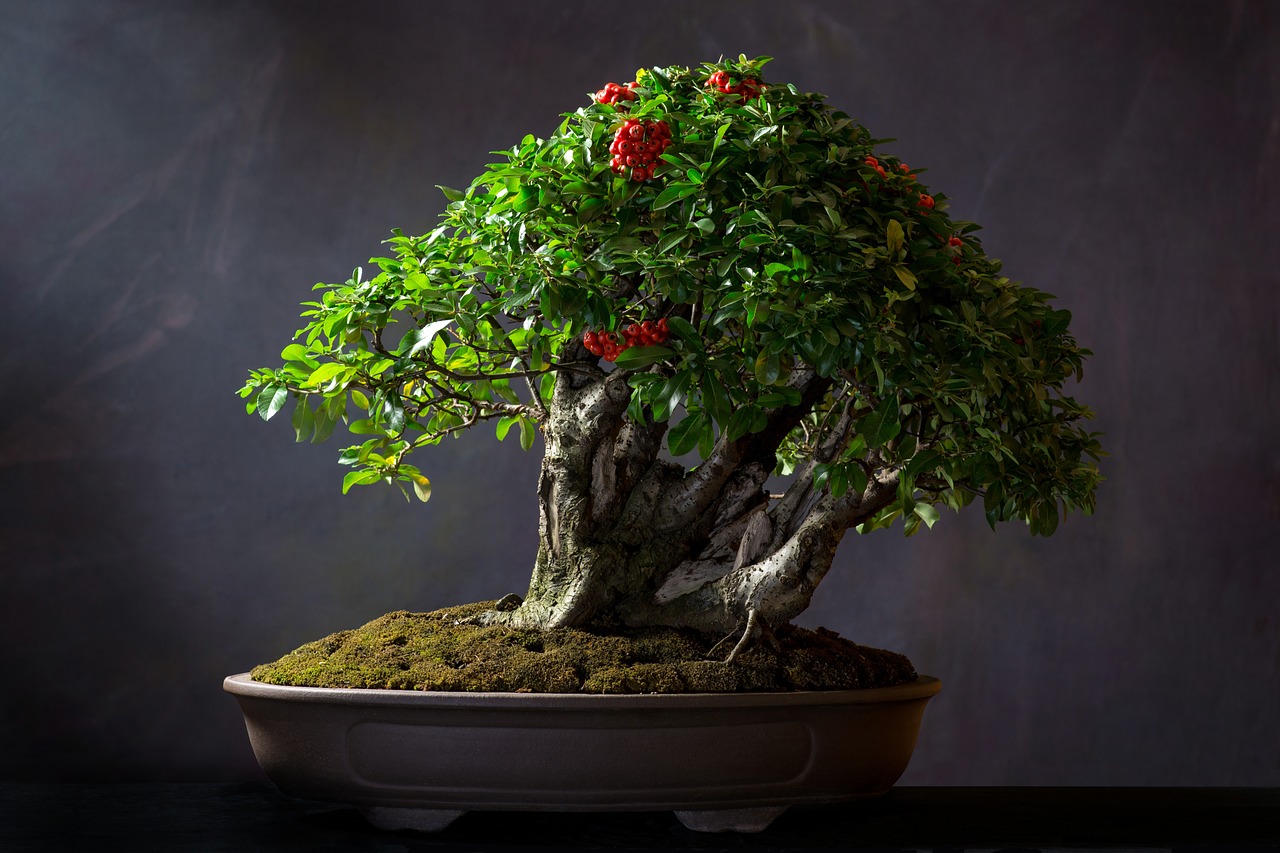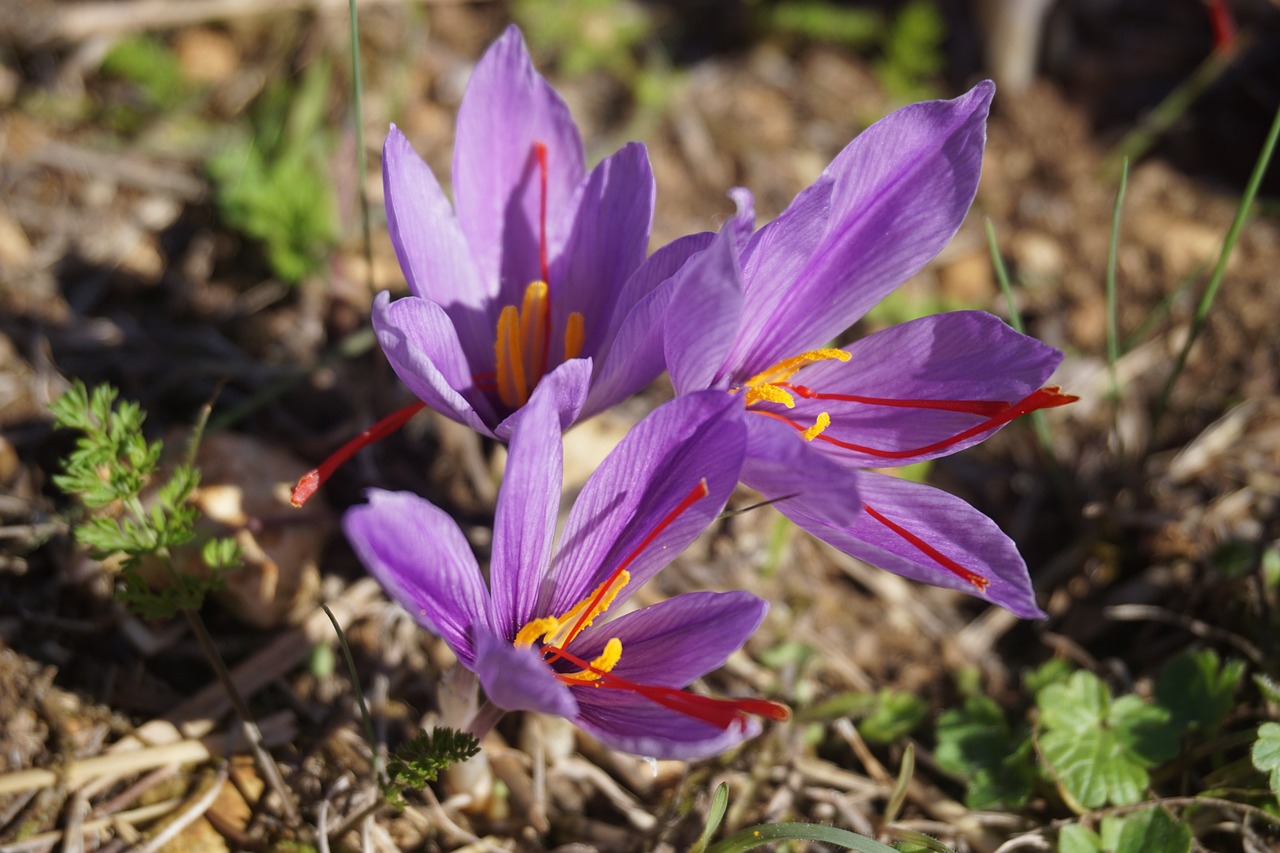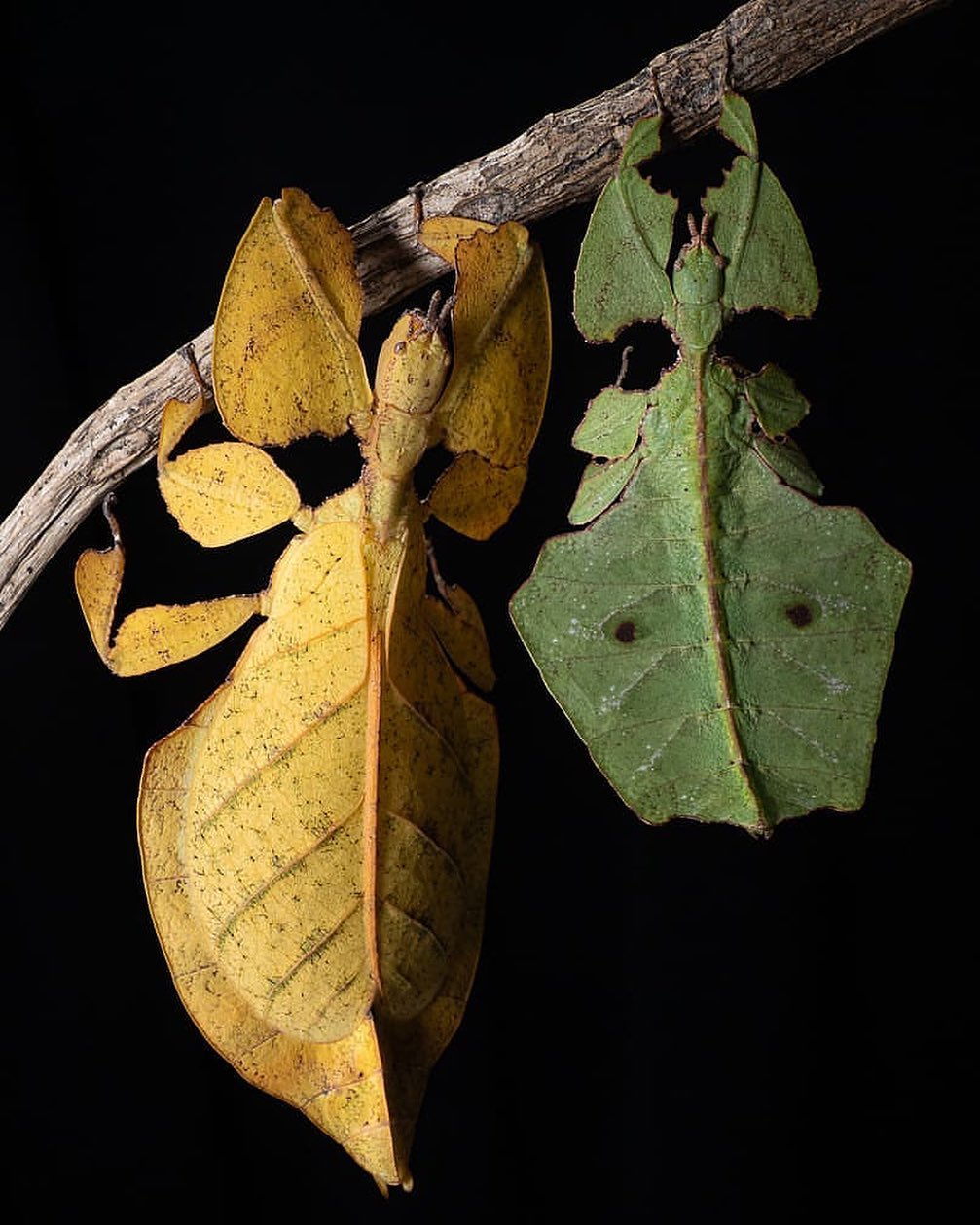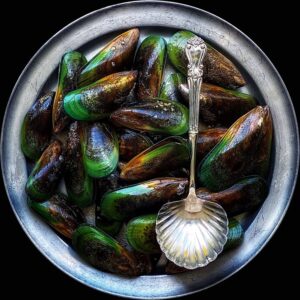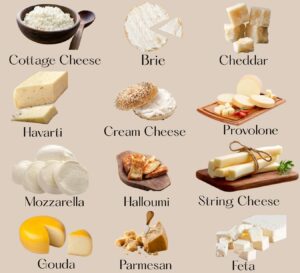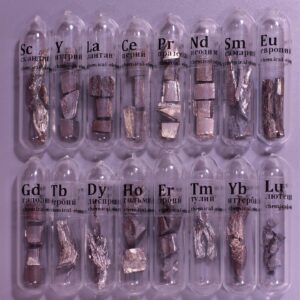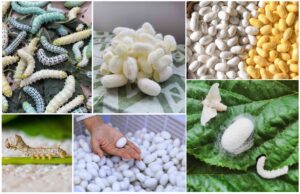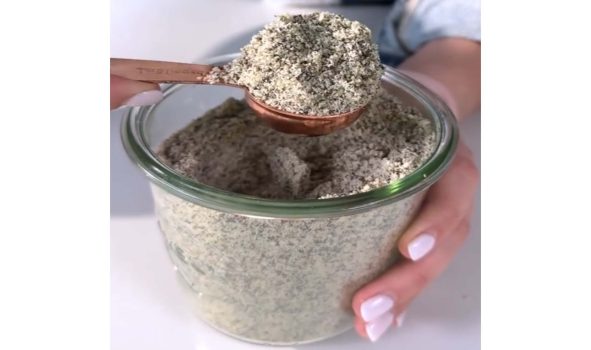 Pin
Pin Image from Eating Well
People think protein powder only comes in tubs with flashy labels, but most are filled with additives, sugars, and ingredients you can’t pronounce. Many commercial powders include synthetic flavors and artificial preservatives that don’t do much good for your body. If you’re looking for a clean source of energy, there’s a better way—something your kitchen can handle just fine.
When you make protein powder at home, you get full control. You know what goes into it—nothing weird or artificial. Just real food. And it turns out that three simple seeds—chia, hemp, and pumpkin—can pack a solid protein punch without the mess of unknown extras. Plus, you’re saving money and reducing waste at the same time.
This isn’t about complicated recipes or exotic ingredients. It’s just about choosing clean, powerful options and giving your body what it actually needs.
Table of Contents
Nutritional Power of Chia, Hemp, and Pumpkin Seeds
 Pin
Pin Image source: Web
These three seeds aren’t just trendy—they’re nutritional workhorses. Each brings something different to the table, making them perfect for a balanced, homemade protein blend. Chia seeds are loaded with omega-3s, fiber, and antioxidants. They’re great for digestion and help keep you full longer. Hemp seeds offer complete protein, meaning they have all nine essential amino acids. That’s rare in plant-based foods.
Pumpkin seeds, or pepitas, come in strong with magnesium, zinc, and iron. They’re great for muscle repair, energy levels, and even your immune system. Together, this trio forms a powerful mix of plant protein, healthy fats, and key minerals. It’s a nutrient combo your body will actually use, not just process and discard like some over-processed powder.
When you make protein powder at home with chia, hemp, and pumpkin seeds, you’re not just avoiding junk—you’re actively choosing food that fuels better workouts, better focus, and better recovery. No filler, no fluff. Just results that feel real.
How to Make Protein Powder at Home with 3 Seeds
You don’t need a fancy kitchen setup or a science degree to make protein powder at home. All it takes is chia seeds, hemp seeds, and pumpkin seeds—and a blender or grinder. Start with equal parts of each seed. A common mix is 1/2 cup of each. If you want to adjust for taste or texture, go for it. Hemp seeds are nutty, pumpkin seeds are earthy, and chia adds a bit of thickness.
Roast the pumpkin seeds lightly if you prefer a toasted flavor. Keep chia and hemp raw to preserve their nutrients. Then, blend all three together until you get a fine powder. Store it in an airtight jar, and you’re done. That’s it—no preservatives, no sugar, no protein-spiking additives.
This mix blends well into smoothies, oatmeal, or yogurt. It dissolves surprisingly well and doesn’t have the chalky taste you often get from commercial powders. You control the freshness, and the flavor speaks for itself.
How Much Protein You Really Get from These Seeds
When you make protein powder at home, it’s not just about convenience—it’s about getting real nutrition. So how much protein do these seeds actually offer? Let’s break it down. Two tablespoons of hemp seeds give you around 10 grams of protein. Pumpkin seeds offer about 8 grams for the same amount. Chia seeds are lighter on protein—roughly 5 grams—but they bring fiber and omega-3s to the mix.
When combined, two tablespoons of your homemade powder can easily deliver around 7–9 grams of plant-based protein. That’s pretty solid for something you made in your own kitchen without any processed fillers. The bonus? You’re also getting healthy fats, iron, magnesium, and other micronutrients that help your body actually use that protein.
It’s not just about hitting a number—it’s about how your body absorbs and uses it. These three seeds are bioavailable, which means your body can actually break them down and benefit from them. That’s what makes this powder more than just a protein fix.
Benefits of Plant-Based Protein Over Whey
Whey protein might dominate store shelves, but it’s not the only way to fuel your muscles. Plant-based protein—especially when you make protein powder at home with chia, hemp, and pumpkin seeds—offers something cleaner and easier on your system. A lot of people don’t realize that whey can cause bloating, acne, and digestive issues, especially for those who are lactose intolerant or sensitive to dairy.
Plant-based protein, on the other hand, is gentler. It digests more smoothly and doesn’t leave you feeling heavy or sluggish. The fiber in these seeds also helps regulate blood sugar, which means better energy levels without a crash. Plus, there’s zero cholesterol and far fewer allergens to worry about.
You’re not just feeding your muscles; you’re supporting your whole body. This kind of protein doesn’t just build strength—it helps with recovery, mood, and long-term wellness. And when you make it yourself, you skip all the sketchy stuff big brands sneak in.
How to Use Your Homemade Protein Powder in Daily Recipes
Making protein powder at home isn’t just about adding it to shakes. Once you have your homemade powder ready, you can incorporate it into a range of recipes. Add it to smoothies for a boost, of course, but think beyond that. Sprinkle it on your morning oatmeal, mix it into pancakes or waffles for extra nutrition, or even blend it into your baking. Protein powder makes a great addition to muffins, cookies, and energy bars.
Another idea is to stir it into homemade granola or yogurt. The slightly nutty flavor adds a unique taste, and the texture is smooth, so it won’t overwhelm your dish. You can even mix it with water to make a quick protein paste, great for dipping veggies or spreading on toast for a savory snack.
The flexibility of your homemade protein powder means you don’t have to keep it limited to one-use recipes. You can boost your protein intake without getting stuck in a shake-only routine.
How to Store Your Homemade Protein Powder for Maximum Freshness
Once you’ve made your protein powder, the next step is to store it properly so it stays fresh and potent. Since you’ve used whole seeds, your homemade protein powder will have a much shorter shelf life than store-bought versions with preservatives. But with a little care, you can keep it fresh for up to a month.
First, make sure your powder is stored in an airtight container to protect it from moisture and air, which can cause it to spoil faster. Glass jars or sealed plastic containers work best. Keep it in a cool, dark place—your pantry or kitchen cupboard is perfect. Don’t leave it out in direct sunlight or near heat sources like stoves or windows.
If you’ve made a large batch, consider dividing it into smaller portions so you can open just one at a time. This way, you avoid exposing the entire batch to air each time you use it. Proper storage ensures that your protein powder retains its nutrients and stays fresh for longer.
How Homemade Protein Powder Supports Sustainable Living
Making protein powder at home isn’t just good for your health—it’s also better for the planet. Commercial protein powders often come in plastic tubs that take hundreds of years to decompose. Plus, the production of these powders involves energy-intensive processes that contribute to pollution. When you make protein powder at home, you significantly reduce waste.
By using chia, hemp, and pumpkin seeds, you’re choosing whole, plant-based foods that require fewer resources to produce. These seeds can often be grown sustainably, meaning you’re not only supporting your body but also making an eco-friendly choice. The packaging for these seeds is typically minimal, so you’re cutting down on plastic waste, too.
On top of that, growing and using more plant-based foods helps reduce your carbon footprint. Choosing homemade protein powder over store-bought, factory-made products is a small but meaningful step toward living more sustainably.
The Cost-Effectiveness of Making Your Own Protein Powder
While high-quality protein powders from stores can cost quite a bit, making protein powder at home with chia, hemp, and pumpkin seeds is surprisingly affordable. A single bag of each of these seeds can last you for weeks, depending on how often you use them. When you compare the price of a few basic seeds to the cost of a branded protein powder, the savings are clear.
Not only are you cutting costs, but you’re also getting better value for your money. The seeds you use are nutrient-dense and versatile, meaning you’re not just paying for protein—you’re getting fiber, healthy fats, vitamins, and minerals as well. You’re also free from the marketing markup that often inflates the cost of commercial protein powders.
For a small investment in seeds, you can create a protein powder that’s just as effective as those big-name brands, minus the high price tag and unnecessary additives. Over time, this cost-effective approach will add up, giving you more money to spend on other health-conscious choices.
The Health Benefits Beyond Protein
When you make protein powder at home using chia, hemp, and pumpkin seeds, you’re not just boosting your protein intake. These seeds provide a host of other health benefits that go beyond muscle building. Chia seeds, for instance, are an excellent source of omega-3 fatty acids, which are crucial for heart health. They also help regulate blood sugar and support digestive health, thanks to their high fiber content.
Hemp seeds are a great source of magnesium, which is vital for maintaining muscle function, nerve function, and energy production. They also contain a balanced ratio of omega-6 to omega-3 fatty acids, supporting overall inflammation levels in the body. Pumpkin seeds are packed with zinc, which supports immune function, skin health, and even hormone regulation.
By including these seeds in your homemade protein powder, you’re taking in a well-rounded mix of nutrients that promote overall wellness. It’s not just about getting stronger—it’s about feeling better in your body every day.
Potential Side Effects of Homemade Protein Powder
While making protein powder at home with chia, hemp, and pumpkin seeds offers great health benefits, it’s important to consider a few potential side effects. These are generally minimal when consumed in moderation, but it’s always good to stay informed.
- Digestive Issues: Chia seeds are rich in fiber, which can be great for digestion, but consuming too much too quickly can cause bloating, gas, or constipation. If you’re not used to high-fiber foods, start with smaller amounts and gradually increase your intake to avoid overwhelming your digestive system. Remember to drink plenty of water to help your body process the fiber.
- Allergies: While uncommon, some individuals may be allergic to seeds like hemp or pumpkin. If you notice symptoms like itching, swelling, or difficulty breathing after consuming the protein powder, stop using it immediately and seek medical advice.
- Interactions with Medications: Hemp seeds, though very low in THC, still contain trace amounts. If you’re taking medications, especially blood thinners, there could be a slight risk of interaction due to the omega-3 fatty acids in hemp. It’s best to consult with a healthcare provider if you’re on any medication.
- Excessive Protein Intake: Overconsuming protein—even from plant-based sources like homemade powder—can put unnecessary strain on your kidneys. If you’re getting protein from multiple sources throughout the day, be cautious not to exceed the recommended daily intake.
As long as you use these seeds in moderation and listen to your body, you can enjoy the health benefits without significant issues. If you have any health concerns, it’s always a good idea to check with a healthcare professional before making big dietary changes.
FAQs
Yes, homemade protein powder made from chia, hemp, and pumpkin seeds can be just as effective as store-bought options. In fact, it often offers a cleaner, more natural source of protein without the added sugars, preservatives, or artificial ingredients found in many commercial products. The key is ensuring you’re using the right seeds in balanced proportions to meet your protein needs.
Absolutely! Chia, hemp, and pumpkin seeds are all plant-based, making this protein powder perfect for anyone following a vegan or vegetarian diet. It’s a great way to supplement your diet with plant-based protein, healthy fats, and essential nutrients like omega-3 fatty acids and magnesium.
The amount of homemade protein powder you should consume depends on your dietary needs and activity level. Typically, 1-2 tablespoons per day is sufficient to add a healthy protein boost to your diet. It’s always good to start with smaller amounts and adjust based on your body’s response and your overall protein intake.
Yes, you can mix homemade protein powder into hot foods like soups or tea. However, be mindful that high heat may slightly alter the texture of the protein powder, especially the chia seeds, which can become gel-like when exposed to liquids. It’s best to add it to the food once it’s off the heat to preserve the nutritional benefits.
Homemade protein powder made from chia, hemp, and pumpkin seeds can last up to a month when stored properly. Keep it in an airtight container in a cool, dark place to maximize freshness. If you make a larger batch, consider dividing it into smaller portions to reduce exposure to air and moisture each time you open it.

